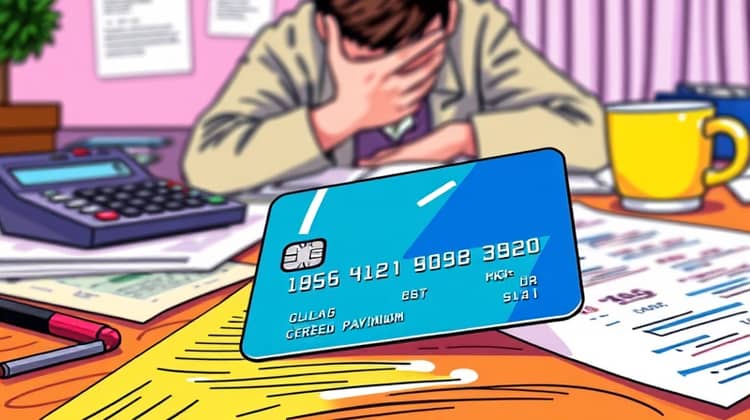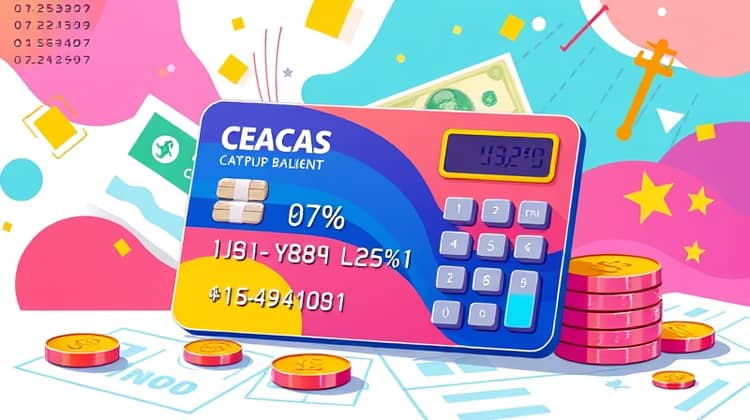Credit cards have become a common financial tool for many individuals across the globe. They offer convenience, flexibility, and a range of benefits, but they also come with responsibilities and potential pitfalls. One critical aspect of managing credit cards is understanding minimum payments, which can significantly influence long-term debt accumulation and financial health.
A minimum payment is the smallest amount a credit cardholder is required to pay on their card balance each month to keep the account in good standing. While it may seem tempting to pay only this minimum amount, doing so can lead to substantial interest charges over time and prolong the debt repayment period.
This article will explain what a minimum payment is, how it is calculated, the consequences of only making minimum payments, the benefits of paying more, and tips on avoiding the trap of minimum payments. Understanding these aspects can empower consumers to make informed decisions about their credit card use and overall financial wellness.
What is a Credit Card Minimum Payment?

A credit card minimum payment is defined as the smallest payment that a cardholder can make each month without incurring late fees or negatively impacting their credit score. This payment is often set as a percentage of the outstanding balance, plus any interest or fees charged during the billing cycle.
For instance, if a cardholder has a balance of $1,000 and the minimum payment is calculated at 2%, the minimum payment due for that month would be $20. However, minimum payments can also vary based on the card issuer’s policies, so it’s crucial for cardholders to review their credit card statements carefully.
Paying the minimum can seem appealing, especially during tight financial times. However, relying solely on this payment strategy can keep individuals in a cycle of debt, as the remaining balance continues to accrue interest each month. Understanding the concept of minimum payments is vital for effective financial management.
How is the Minimum Payment Calculated?

The minimum payment on a credit card varies among different issuers and account agreements, but it is generally calculated based on a small percentage of the total outstanding balance, along with any outstanding fees or interest. For many credit cards, this percentage typically ranges from 1% to 3%.
In addition to the percentage of the balance, if a cardholder has a balance that is very low, the issuer may set a flat minimum payment amount, often around $25 or $35, to ensure that the payment is substantial enough to cover interest charges. Understanding how the minimum payment is calculated can help cardholders anticipate their monthly financial obligations.
- Identify the outstanding balance on your credit card.
- Apply the minimum payment percentage (usually 1%-3%) to the balance.
- Add any late fees or interest charges to determine the minimum payment due.
It's important to note that while the minimum payment might keep an account current, it will not significantly reduce the overall debt balance, due to the high interest rates typically associated with credit cards.
Why is Paying Only the Minimum a Problem?

Paying only the minimum amount due can have dire financial implications for cardholders. The most significant issue is that it extends the time required to pay off debt, leading to increased interest payments over the long run. For instance, if a cardholder owes $5,000 and only pays the minimum, it could take several years to pay off that debt, during which they will incur thousands in interest charges.
Additionally, consistently making only the minimum payment can impact a person's credit score. High credit utilization—defined as the ratio of credit card debt to available credit—can negatively affect creditworthiness. Remaining in a cycle of debt can hinder future borrowing opportunities or lead to higher interest rates on other loans.
- It prolongs the repayment period of the debt.
- It increases the total interest paid over time.
- It can negatively impact credit scores due to high credit utilization.
For these reasons, paying just the minimum due is often not a wise financial strategy and can lead to ongoing financial stress.
Benefits of Making More Than the Minimum Payment

Making payments that exceed the minimum due can lead to significant benefits for credit card users. By paying more, individuals can reduce their outstanding balance more quickly, which in turn minimizes the overall interest charged over time.
Additionally, paying more than the minimum helps improve credit scores by lowering credit utilization and demonstrates responsible credit behavior to lenders.
- Reduces the overall balance faster.
- Lowers the total interest paid.
- Improves credit scores.
- Reduces financial stress over time.
Overall, making higher payments can lead to improved financial health and provide greater long-term financial stability.
How to Avoid Only Paying the Minimum

To steer clear of the habit of only making minimum payments, credit cardholders should create and follow a solid budget that prioritizes credit card debt repayment. This budget should allocate funds specifically for paying down credit card balances above the minimum required amount.
Additionally, reviewing financial statements can help individuals understand their spending habits and make adjustments as needed to free up extra funds for debt repayment.
- Create a budget that prioritizes debt repayment.
- Set up reminders for payment due dates.
- Consider automating extra payments towards the credit card balance.
- Review and adjust spending to allocate more funds for credit card repayments.
By incorporating these strategies, individuals can take control of their credit card debt and work towards achieving financial freedom.
Conclusion

Understanding credit card minimum payments is essential for responsible credit card use. Knowing what the minimum payment is, how it is calculated, and the potential consequences of only paying the minimum can empower cardholders to make informed decisions regarding their financial health.
Taking proactive measures, such as budgeting and making more than the minimum payment, can significantly improve one's financial outlook and reduce the stress associated with credit card debt. By leveraging credit cards wisely, individuals can enjoy the benefits they offer while avoiding the pitfalls of debt accumulation.














